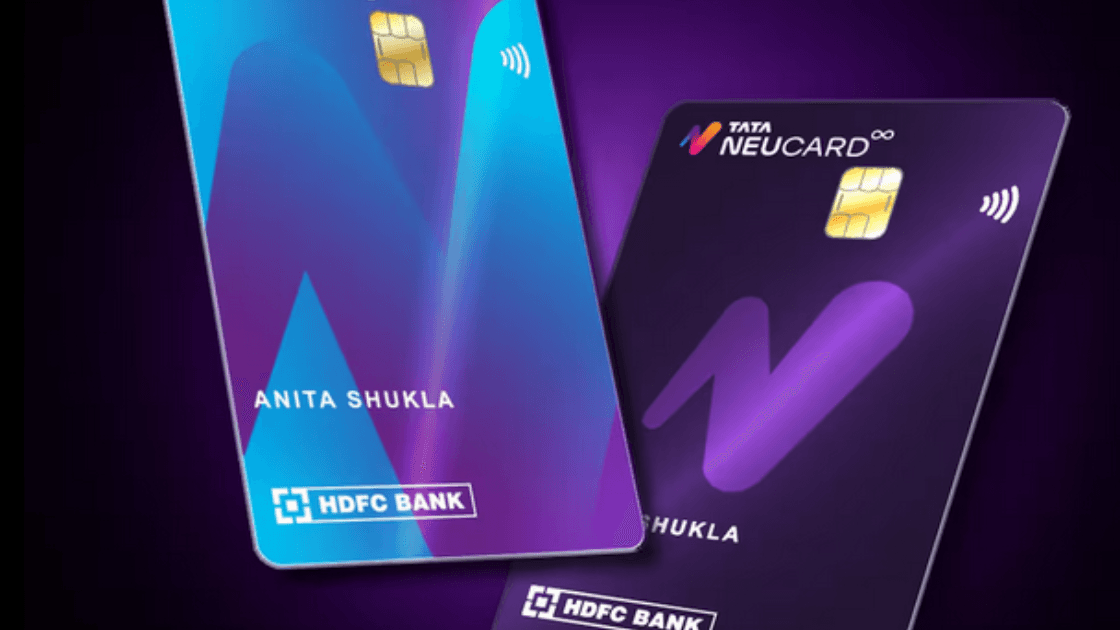
Cards
•03 min read

Ever wondered how to manage your spending better using your card? Understanding your credit limit can be the key to smarter, more controlled spending habits. This guide explains how to understand credit limit and manage your spending smartly by breaking down what a credit limit is, how it is determined, and why managing it wisely can boost your financial health.
A credit limit is the maximum amount you are allowed to spend on your credit card or line of credit. It is the cap set by the card issuer based on various factors. It is important to note that your current available credit may be lower than your overall limit if you have already made some purchases.
Your credit limit is influenced by several factors. A key factor is your income. For instance, a person with a monthly income of ₹30,000 may receive a different credit limit compared to someone earning ₹50,000. Other factors include your credit score, repayment history, and even your debt-to-income ratio. Consistent repayment behavior can even lead to offers for increased credit limits over time.
The credit limit is a fixed amount that is not refreshed on a monthly or yearly basis. Instead, it remains constant until changed by your card issuer. However, your overall utilization is tracked on a monthly basis, meaning the amounts you spend and repay during each billing cycle affect your credit usage.
Your credit utilization ratio is a critical part of your credit score. This ratio measures how much of your credit limit you are using compared to the total available. A healthy approach is to keep this ratio below 30%. When you exceed your credit limit or keep a high balance compared to what you are allotted, it may negatively affect your credit score.

A higher credit limit can offer increased financial flexibility, especially during emergencies. Having access to a larger limit means you can cover unexpected expenses without immediately impacting your overall financial stability. At the same time, it is important to spend within your means to avoid accumulating unmanageable debt.
Consider a situation where someone has a limit of ₹1,00,000. If they plan their expenses carefully and maintain a utilization ratio below 30%, they can enjoy the benefits without risking penalties. On the other hand, misusing the available credit by maxing out the card can lead to serious financial repercussions, including higher charges and a lower credit score.
One straightforward way to monitor your credit limit is by using your bank's mobile app or online banking account. Many financial institutions also offer a credit limit calculator that can provide you with an estimate of your current limit. For example, if you are using the Tata Neu HDFC Bank Credit Card, logging into the online portal will show the exact available credit and the overall limit.
Keeping track of your spending should be a regular part of your routine. Consider setting up alerts that notify you when you are nearing your limit. Avoid impulsive purchases and stick to a well-planned budget. By tracking your expenses closely, you can ensure that you use your credit responsibly and maintain that ideal utilization ratio.
If you believe you need a higher credit limit, there are several steps you can take. First, improve your credit score by making timely payments and reducing overall debt. You can also provide proof of increased income or enhanced financial stability to your issuer. However, while a higher limit may offer greater flexibility, it can also lead to the temptation of overspending. It is crucial to balance increased access with responsible spending habits.
-ed507771-df04-4fb3-9af5-bae11cb611a6.png&w=3840&q=75)
A good credit limit is one that supports your financial needs while keeping your utilization below 30%. This ensures you have enough flexibility without risking your credit score.
You can view your credit limit online through your bank's mobile app or online portal, where details about your current available credit are displayed.
Credit limits are set as a fixed amount that remains unchanged monthly or yearly. Your spending and repayments are tracked within each billing cycle.
For Tata Neu HDFC Bank Credit Card users, checking your online account or mobile app is the quickest way to know your credit limit. You can also review your monthly statement for these details.
Your credit limit is based on your income, credit history, repayment behavior, and overall debt-to-income ratio.
Understanding your credit limit is essential for maintaining financial health and achieving your goals. By keeping your utilization ratio low, making timely payments, and planning your expenses wisely, you can optimize your credit limit effectively. Remember, responsible credit usage is the key to long-term financial stability.